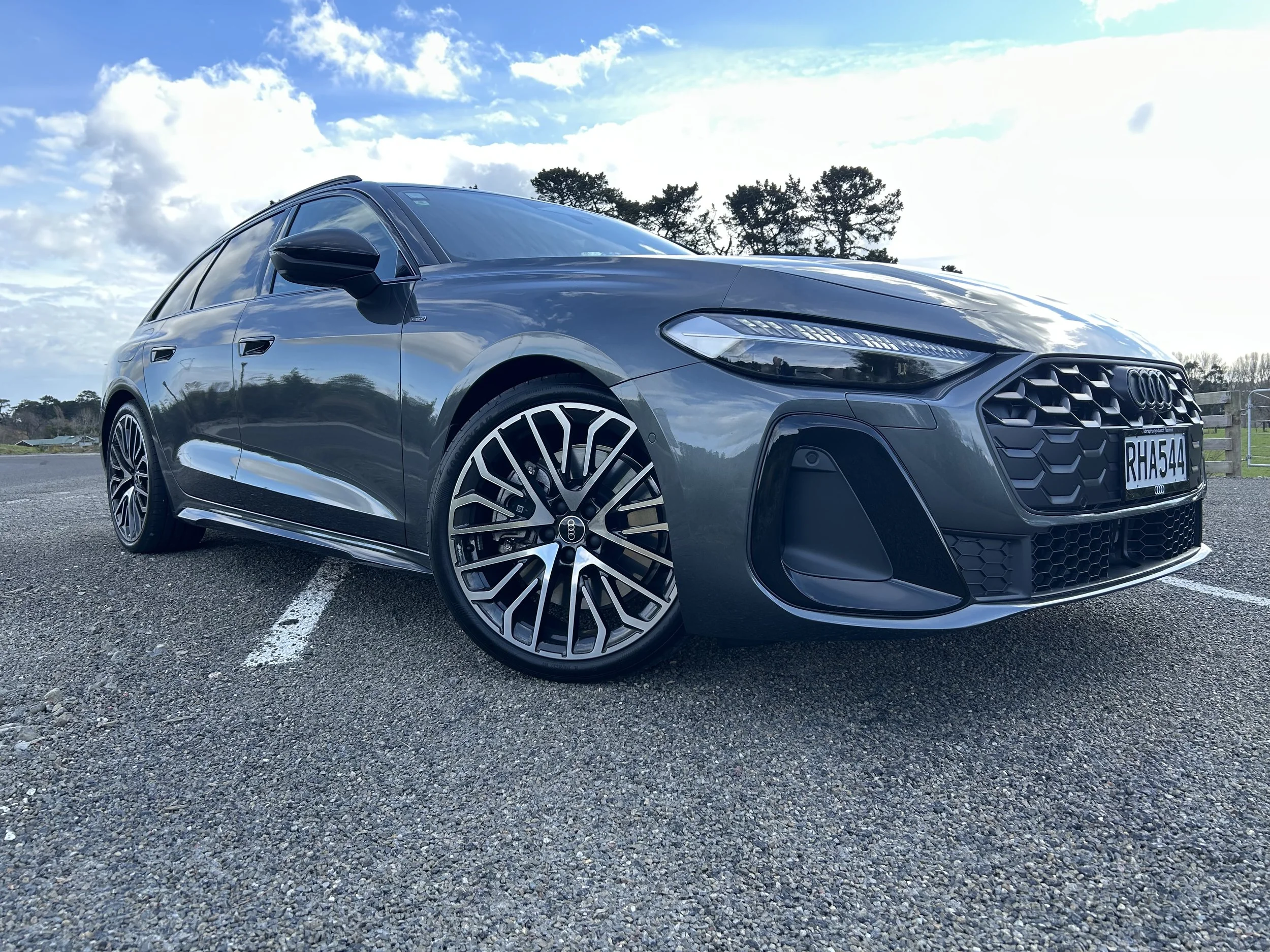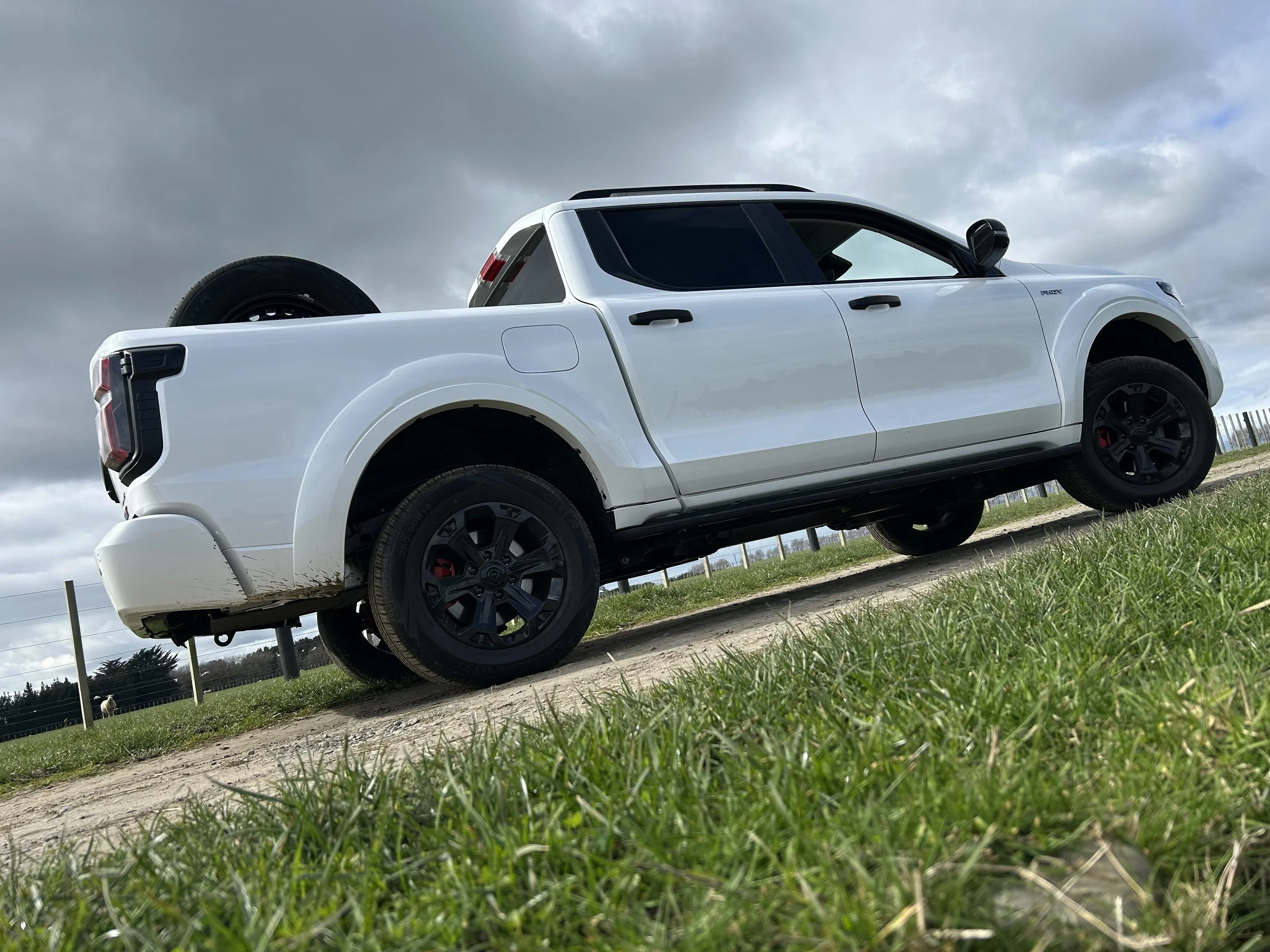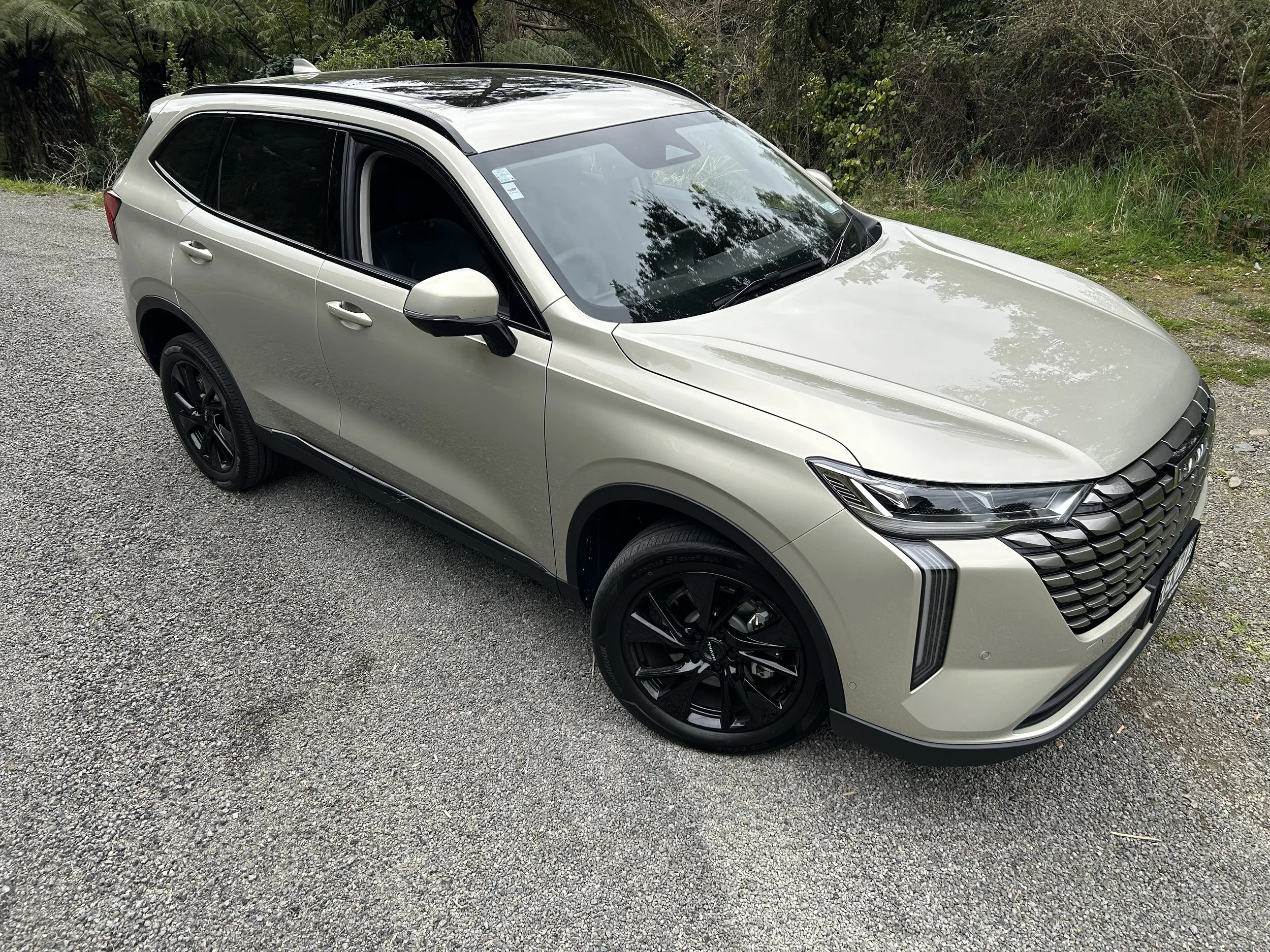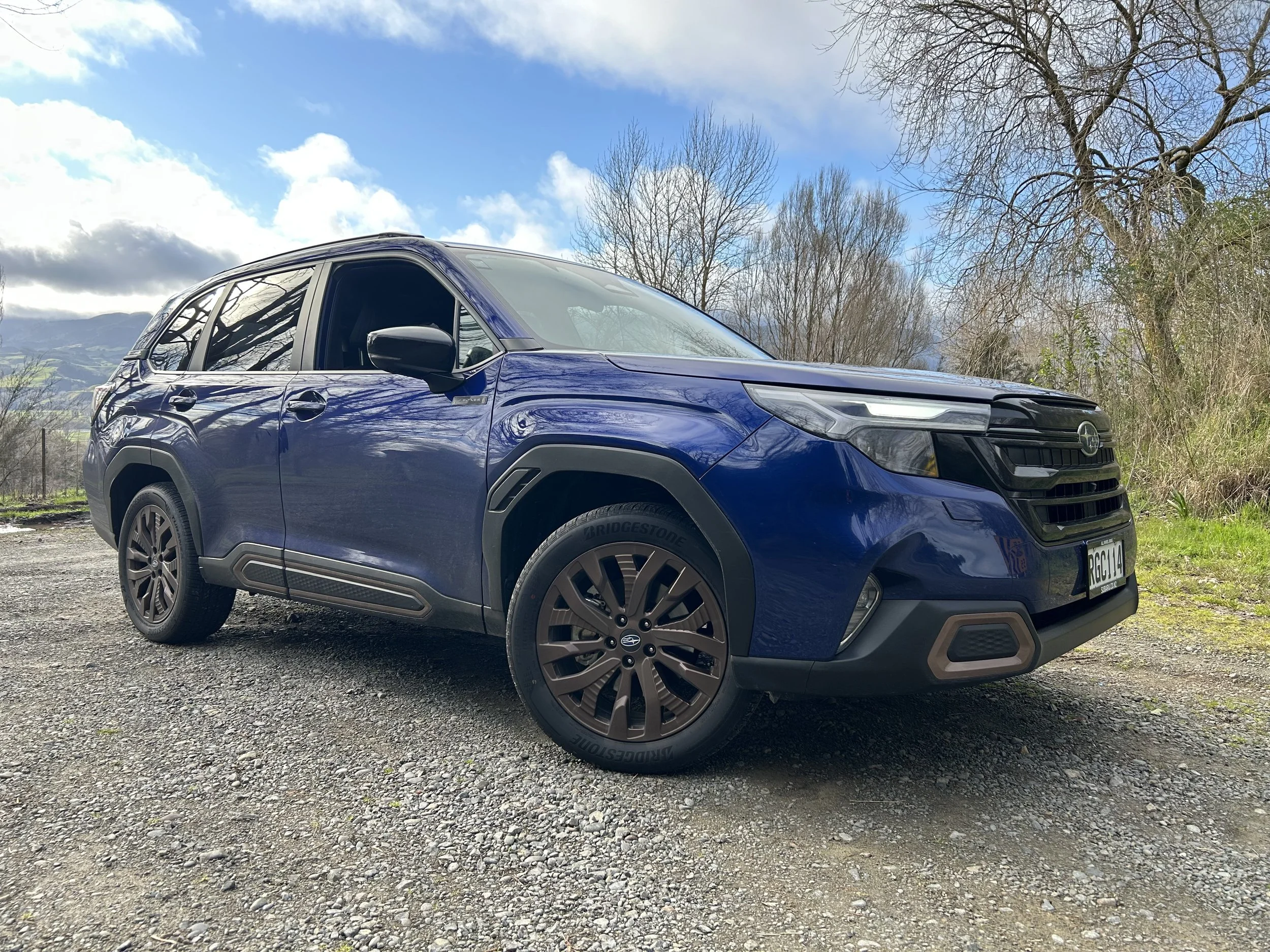Outlander’s DC drive times sweetly with electric highway push
/The next version of the country’s best-selling plug-in hybrid seems set to take full advantage of the Charge Net plan to electrify our main trunk route.
DETERMINATION to update the best-selling Outlander plug-in hybrid to an improved recharging format has proven prescient.
Mitsubishi Motors New Zealand considers it likely the improved PHEV, displayed at the Paris motor show and here by next March, is fully formatted to benefit from a just-announced national ‘electric highway’ project specifically suiting high-energy direct current recharging, a facility the current edition lacks.
The timing of the refreshed PHEV’s unveiling in France was uncanny but wholly coincidental. It happened just hours after Charge Net programme was confirmed and comes after a mid-life update of the regular editions has just gone on sale here.
MMNZ says it is interested in the Charge Net initiative to implement a Kaitaia to Bluff network but says it was acting independently when it determined to update its popular model so that, in addition to retaining its current AC (alternating current)-dedicated trickle charging function, it will also offer a DC-required fully fast charge replenishment.
The update was signed off before the Porirua-based distributor knew anything much about Charge Net’s plan, head of sales and marketing strategy Daniel Cook says.
“We started those discussions about getting it engineered 12 months ago, so it was definitely before the Charge Net … so this is good timing, a good coincidence for us that this announcement of a fast charge network has now been made.
“It has all worked out quite nicely, I think.”
Enabling the car for quick replenishment was a major improvement that would raise the model’s status, he believes.
“This (DC recharging) wasn’t available to us for the first generation (here for the past 18 months) and we have been working with Mitsubishi Motor Corporation to make it possible,” Cook says.
“There really was no demand for it (DC recharging) 12 months ago because there really was nowhere to do it. But we are getting more customers, especially big fleets, asking for that technology so it is a good point of difference.”
The updated petrol-electric Outlander introduces another significant update to its drivetrain, with a new 'EV priority' switch that prevents the system from switching to hybrid mode. This means it can be driven the 50km electric range without the engine coming on and using fuel.
Another tweak: There's also a 1500W AC power supply for connecting up electric equipment.
The fast charging facility is also a boon, of course. With the present version, owners are reconciled to plugging into low ampage household power, which means full replenishment takes around five hours. The DC fast charger alternate is likely to knock that down to perhaps 30 minutes.
The PHEV also adopts the extra safety and tech enhancements that, though valued out at $3000, implements into the latest orthodox editions at carryover pricing.
Blind spot warning, lane change assist, rear cross-traffic alert and a Multi Around Monitor come into play and variants are also Apple CarPlay and Android Auto compatible.
All the mainstream editions are now seven-seaters but whether that becomes a potential for the PHEV is unclear. The present offer has been a five-seater due to the design of its battery pack.
Orthodox powertrain options remain unchanged, so there are 110kW/190Nm 2.0-litre and 124kW/220Nm four-cylinder petrol engines with constantly variable transmission and a six-speed automatic 110kW/360Nm 2.2-litre four-cylinder diesel. The PHEV engine maintains its present output of 149kW/190Nm but the fuel consumption figure revises to about 1.8 litres per 100km.
The update is the impetus for a renewed push by MMNZ to double the Outlander’s monthly sales average.
“We want to get our volume up to 240-250 units a month … we think that No.1 in that segment is where we should be sitting with that car. The big difference we now have over our competition is that we have seven seats as standard across the range.
“Of the other cars in that segment, the only other one that offers seven seats is the Holden Captiva, which is a very dated car, and the Nissan X-Trail, in a base model – but it’s (third row) is really not practicable.”
On present volume, the Triton ute has consistently maintained as Mitsubishi’s No.1 while Outlander and ASX squabble over second place.
“With the history and the size of that segment, we’re not happy with the (Outlander) volumes we have been getting so hence why we have made recent moves to make it better value.”
Government’s announced hope of seeing thousands more electric cars on the road over the next five years seems to have spurred interest in the PHEV, which has maintained steadily as the country’s top-selling plug-in.
“It’s been getting a bit more traction of late though, interestingly, there’s been a swing … the retail sales have probably slowed down a little bit and the fleet sales have improved.”
Meantime, the multirole models’ growing importance is at the expense of another past sales staple, the Lancer sedan. Cook acknowledges the best days are behind this – and all medium sedan offers.
“We’re still selling a reasonable count but, yes, we have certainly seen a lot of customer demand swing to SUVs and, increasingly, it has become more difficult to see that type of car (Lancer).
“It is just quite a dying segment … it is dropping away quite rapidly.”
However, there’s no plan to drop the old stager just yet. On current planning, in fact, it could be around for another two to three years.
“We’re not ready to let it go just yet … there will come a time, though, when it will be right to let it go.”
Japan has still to signal how it will replace the Lancer but, regardless of what happens, Cook signals that MMNZ will gradually implement more crossovers locally.
Enough to leave it looking like a SUV/crossover specialist? “Well, right now you’d have to say it was a great place to be. Long term, who knows what the market will be, but right now we’re very happy with the crossover trend – it’s the cool place to be, it’s what the customer wants.”
The parent brand’s aspiration in this area is plainly expressed at Paris, where another crossover concept broke cover.
The Ground-Tourer PHEV concept (or GT-PHEV for short) pictured above, which promises actual off-road ability and an impressive 120km of electric-only range, is smaller than Outlander yet might still point to a replacement for the current car. Alternately, it might be a technical and styling study pointing to the next-gen ASX.
GT-PHEV showcases Mitsubishi’s connective technology, such as route and weather information, which can be used to utilise the car’s hybrid system over long journeys. Cameras replace the need for rear-view mirrors.
Power comes from a 2.5-litre petrol engine combined with a 25kWh battery. CO2 emissions are quoted as just 26g/km.
The off-road ability is enabled by a ‘Super All Wheel Control’ four-wheel-drive system.
Also on show was the eX Concept (right), previously displayed at the most recent Tokyo and Geneva motor shows and said to be set for production by 2020, which Mitsubishi asserts is not an ASX replacement but another new bloodline altogether, being a fully-electric alternate to the likes of the Toyota RAV4.
As well as the electric powertrain, Mitsubishi says that the eX will come with an all-wheel-drive system, active safety, connected car and automated driving systems.
Mitsubishi also says that the eX is representative of the company’s future design direction, both inside and out. It describes the concept as being a mixture of a shooting brake, and a compact SUV.
Both concepts offer a fresh interpretation of the so-called Dynamic Shield front-end design.

















